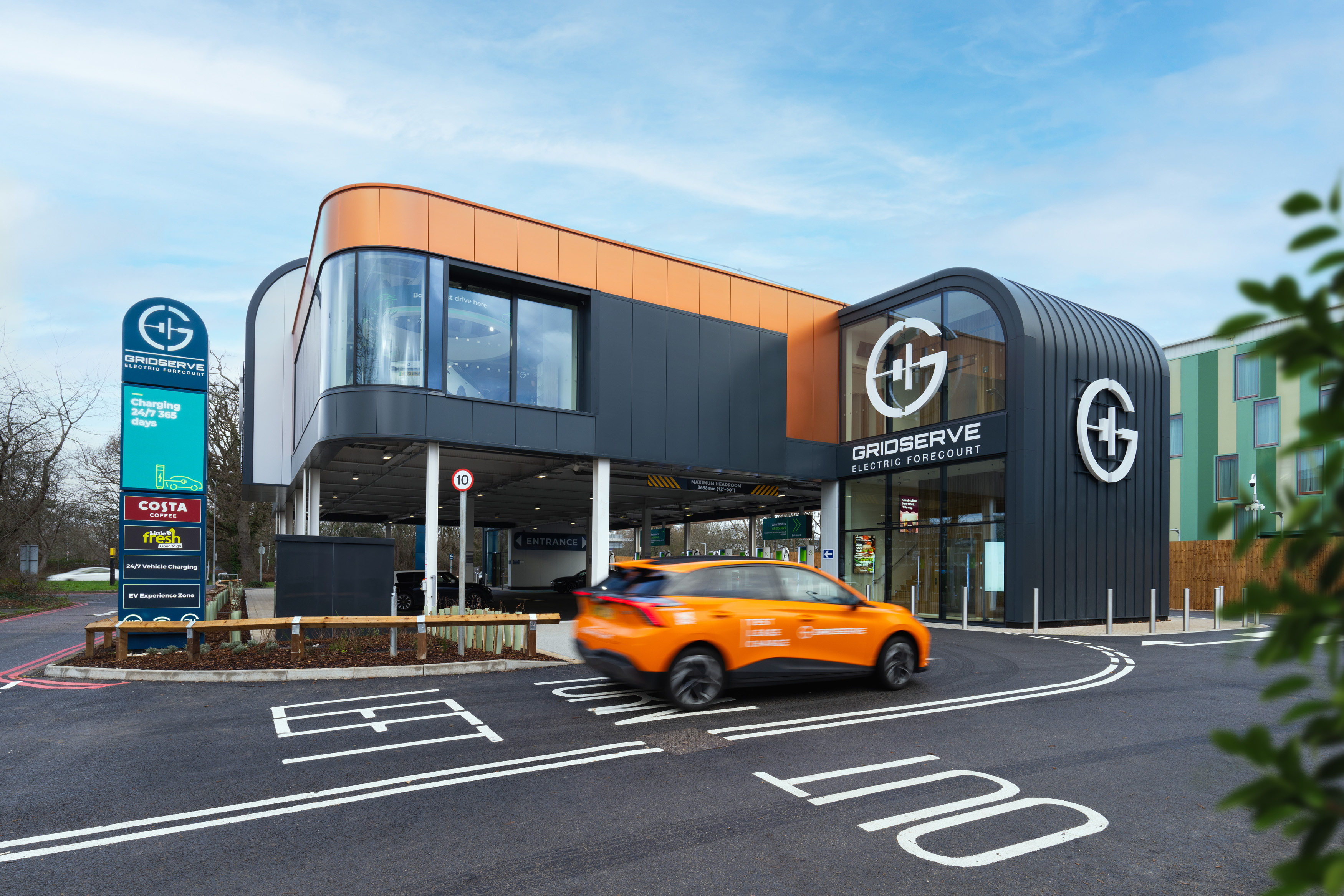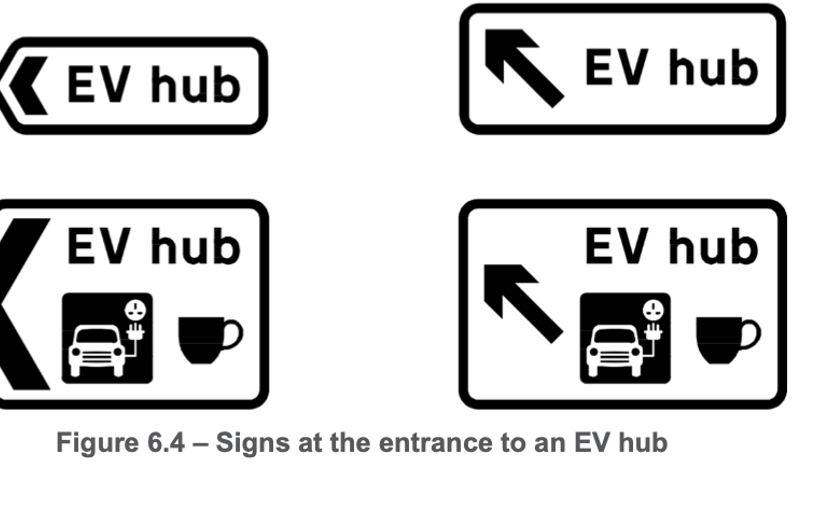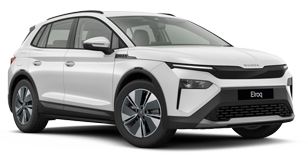New rules surrounding signage at motorway and A-road service stations have too many requirements and risk holding back EV adoption, according to experts.
The document, called ‘Signing of roadside facilities on the motorway and all-purpose trunk road network’ has been published by National Highways, and spells out the requirements for a charging hub to have signs provided. These include hot food which can be consumed on the premises, a dozen 150kW+ chargers, wifi, device chargers and free parking for two hours.
While this sounds reasonable, it means none of the current EV hubs will be eligible as they don’t meet the criteria. For example, a fast food outlet such as a Greggs won’t qualify as serving hot food.
Daniel Kunkel, CEO of GRIDSERVE said: "While we welcome the Government's efforts to support EV signage, the changes fall short of what is needed. The new requirements will benefit very few sites, and although the approval process for A-road signage has improved, most eligible locations would have qualified under the previous system anyway.
"The major missed opportunity lies with motorway signage. Our Stevenage Electric Forecourt at junction 7 on the A1(M) is a prime example. Despite being a state-of-the-art facility with High Power charging, driver lounge, retail and food facilities, it doesn't qualify for motorway signage. This means EV drivers passing by remain can completely unaware of its existence and with two-thirds of public charging sessions occurring on motorways, visibility is critical.”

Ginny Buckley, the chief executive of Electrifying.com, said: “This ridiculous piece of legislation shows just how out of touch the government is with the way people actually drive electric cars. I don’t know a single EV driver who plans their route around whether a charging hub offers hot food and two hours of free parking - they plan around charging speed, location and cost.
“Blocking signs to chargers over whether someone eats their Greggs pasty at a table or in their car is absurd. A lack of clear signage makes it harder for drivers to go electric, and this legislation undermines confidence in the charging network at the very moment the government should be boosting it.
"Better signage matters for both current EV drivers and those considering the switch to electric. We know concerns about finding charge point can be a barrier to EV adoption. Improved signage can directly address these concerns. Greater visibility of charging infrastructure is essential to accelerate adoption and demonstrate that EVs offer the freedom to make any journey with confidence”
However, there is a glimpse of hope as the document outlines the new signs which could be used for any new hubs which qualify, and acknowledges that EV only service stations won’t have traditional fuel available.
 New signs will only be allowed when require strict critera are met
New signs will only be allowed when require strict critera are met 










